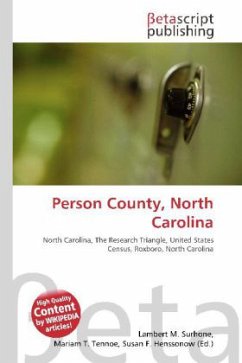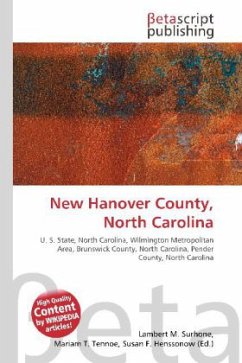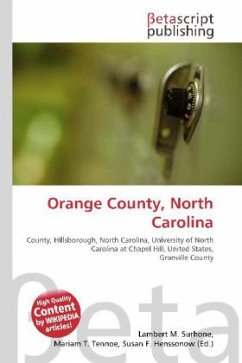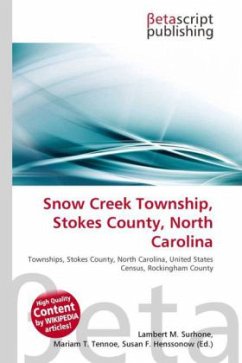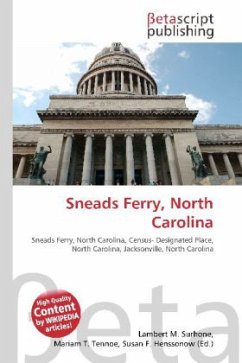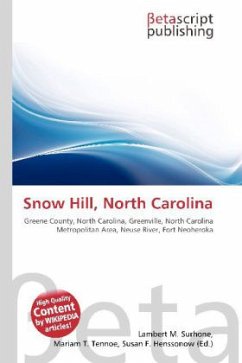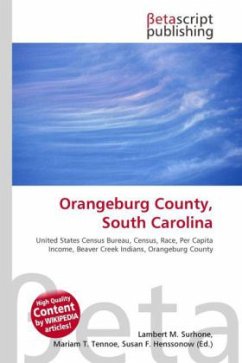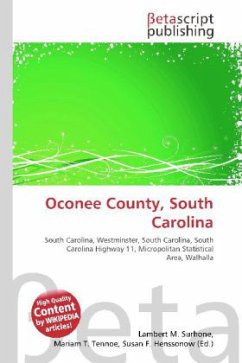Please note that the content of this book primarily consists of articles available from Wikipedia or other free sources online. This area was inhabited by indigenous peoples, ancestors of Native Americans, for 12,000 years. The Mississippian culture peoples built earthwork mounds in their chiefdoms in the western part of the state, such as Joara. Some of these native people were encountered by the Spanish Juan Pardo expedition in the mid-1500s, which at Fort San Juan established the first European settlement in the interior. European explorers first arrived in Person County in the 1600s. Settlement by immigrants of Scots, Scots-Irish, English, French Huguenot, African and German ancestry did not take place until the mid-17th through 19th centuries. European-Americans established Person County as part of Edgecombe County in 1746; part of Granville County from 1746-1752; included in Orange County until 1778, and even part of Caswell County until 1791/1792. By dividing Caswell County into two squares each side measuring approximately twenty (20) miles in length, the settlers formed two counties of 400 square miles each.
Bitte wählen Sie Ihr Anliegen aus.
Rechnungen
Retourenschein anfordern
Bestellstatus
Storno

